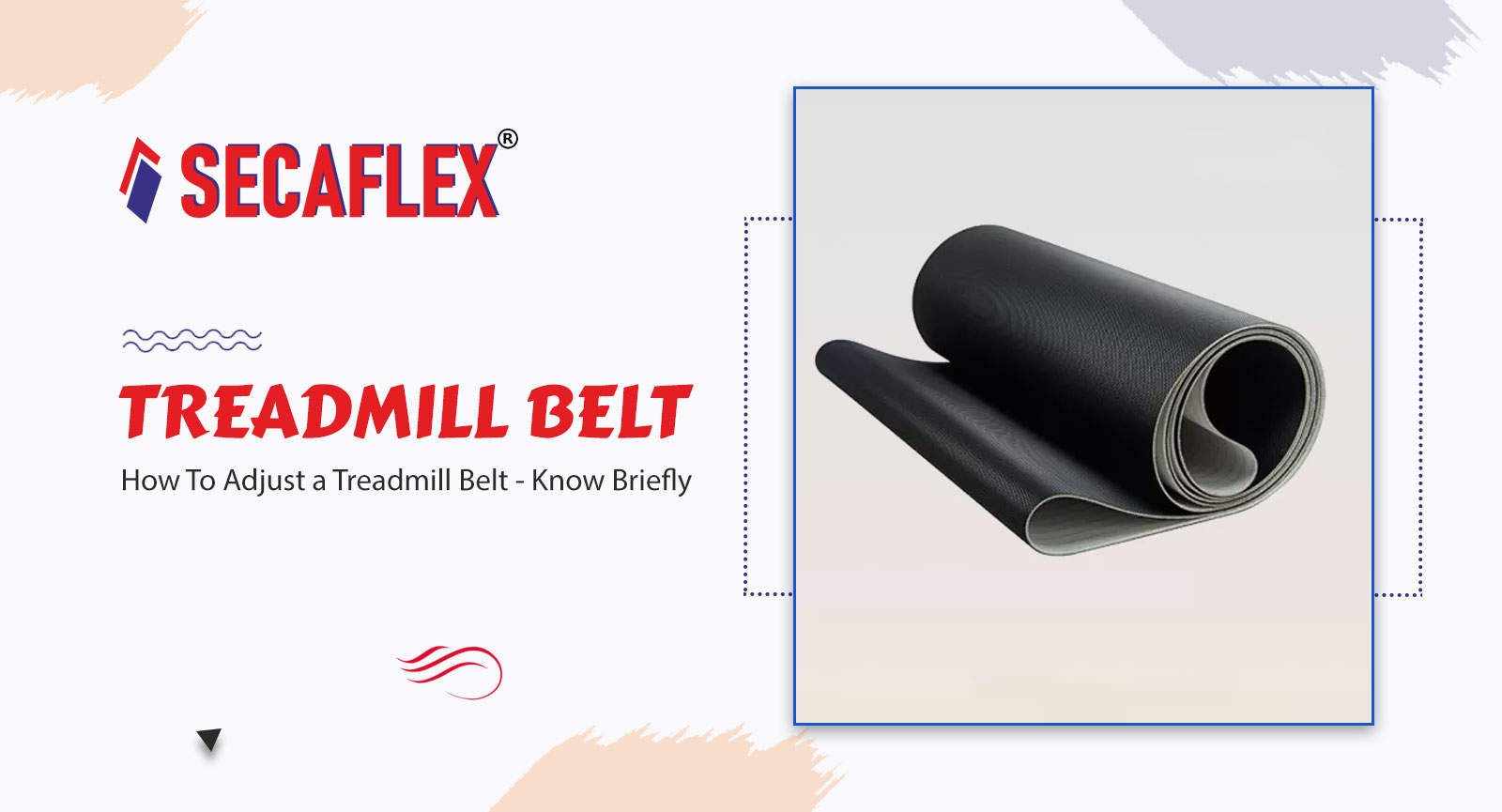- + 91-9167662789
- care@dktee.com

March 22, 2024

Treadmills are one of the most popular pieces of exercise equipment, providing a convenient and effective way to stay fit regardless of the weather outside. However, to ensure optimal performance and safety, it’s crucial to maintain and adjust your treadmill regularly. One of the key components that require attention is the treadmill belt. A properly adjusted belt not only prolongs the life of your treadmill but also ensures a smooth and safe workout experience. In this guide, we’ll walk you through the steps of adjusting a treadmill belt effectively.
Why Adjusting the Treadmill Belt is Important
Before diving into the adjustment process, it’s essential to understand why it’s necessary. Over time, treadmill belts can become misaligned or worn out due to regular use. An improperly adjusted belt can lead to uneven wear, slippage, and even potential injury. By keeping the belt properly adjusted, you’ll maintain the integrity of your treadmill and minimize the risk of accidents during your workouts.
Tools You’ll Need
- Allen wrench
- Owner’s manual (if available)
- A clean cloth
Steps to Adjust the Treadmill Belt
Power Off and Unplug: Before attempting any adjustments, make sure your treadmill is powered off and unplugged from the electrical outlet. This ensures your safety during the adjustment process.
Locate Adjustment Bolts: Most treadmills have adjustment bolts located at the rear end of the deck near the back roller. These bolts control the tension of the belt. Refer to your owner’s manual to locate these bolts if you’re unsure.
Check Belt Alignment: Start by inspecting the alignment of the belt. A properly aligned belt should be centered on the deck and not rub against the sides. Use your hand to manually rotate the belt and ensure it moves smoothly without any resistance.
Adjust Belt Tension: Using the Allen wrench, turn the adjustment bolts clockwise to tighten the belt or counterclockwise to loosen it. Make small adjustments, typically no more than a quarter turn at a time, and check the tension frequently. The ideal tension is when you can lift the edges of the belt between 2-3 inches off the deck.
Test Belt Tension: Once you’ve made adjustments, power on the treadmill and set it to a low speed. Stand on the side rails and carefully step onto the belt. Walk on it for a minute to ensure it runs smoothly without slipping or sticking. If the belt slips, tighten it further. If it feels too tight or sluggish, loosen it slightly.
Center the Belt: If you notice the belt veering to one side during operation, you may need to adjust the alignment. Most treadmills have adjustment screws on either side of the deck for this purpose. Use the Allen wrench to turn these screws incrementally until the belt is centered and in front.
Clean and Lubricate: While you’re adjusting the belt, take the opportunity to clean any debris from the deck and rollers using a clean cloth. Additionally, consider lubricating the deck according to the manufacturer’s recommendations to reduce friction and prolong the life of the belt.
Regular Maintenance: Adjusting the treadmill belt should be part of your regular maintenance routine. Aim to check the belt tension and alignment at least once a month, or more frequently if you use the treadmill heavily.
Wrapping Up
By following these simple steps, you can ensure that your treadmill belt is properly adjusted for a safe and effective workout every time. Remember, a well-maintained treadmill not only enhances your exercise experience but also extends the lifespan of your equipment, allowing you to enjoy the benefits of home fitness for years to come.

DKT Engineering Enterprises
DKT Engineering Enterprises has vast experience in manufacturing conveyor belts in India. We are providing high quality products to our clients Since 2010.
